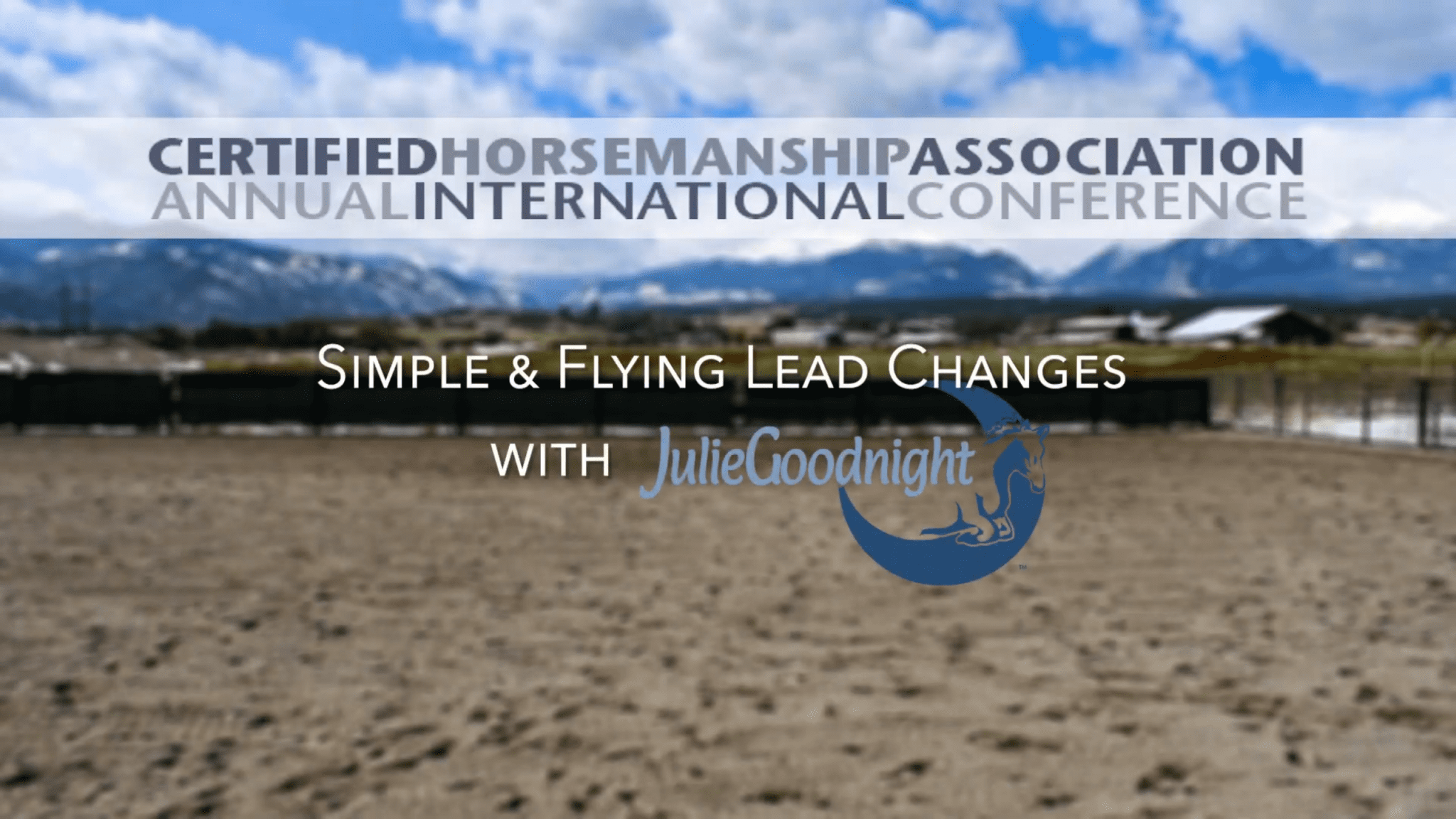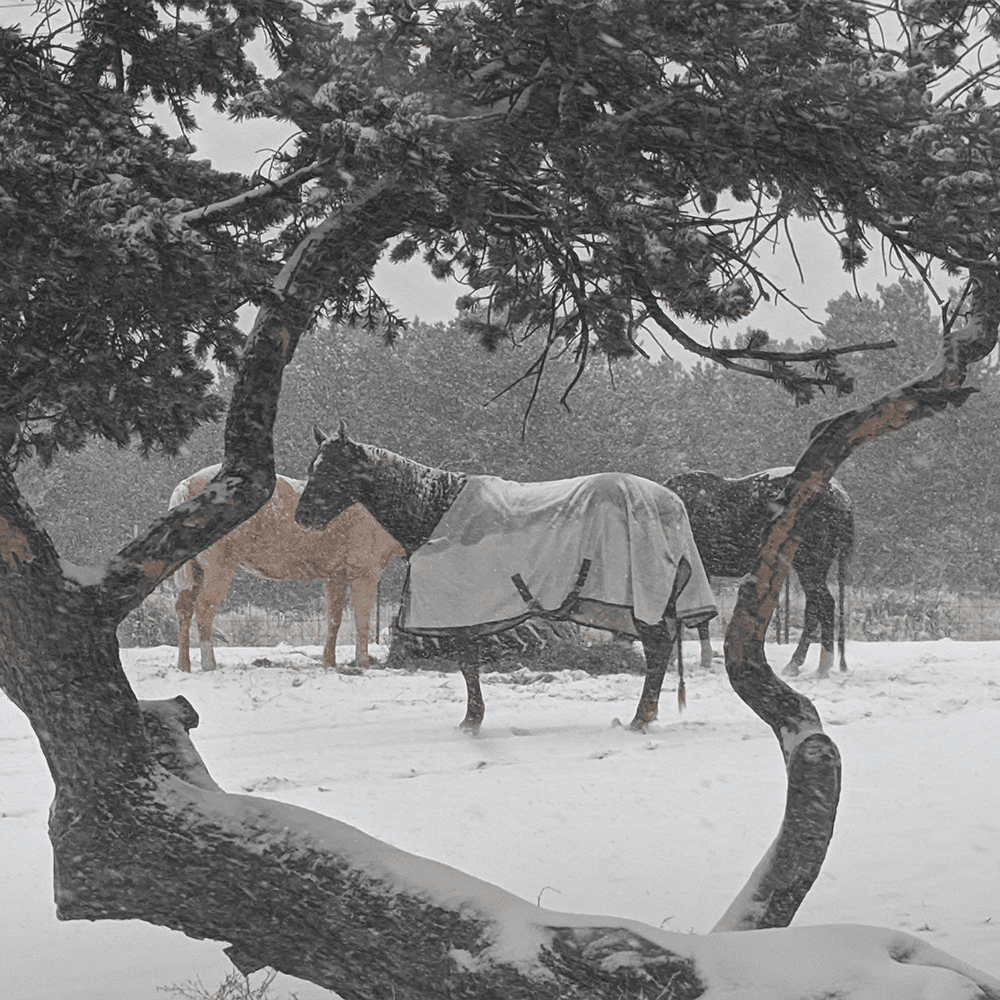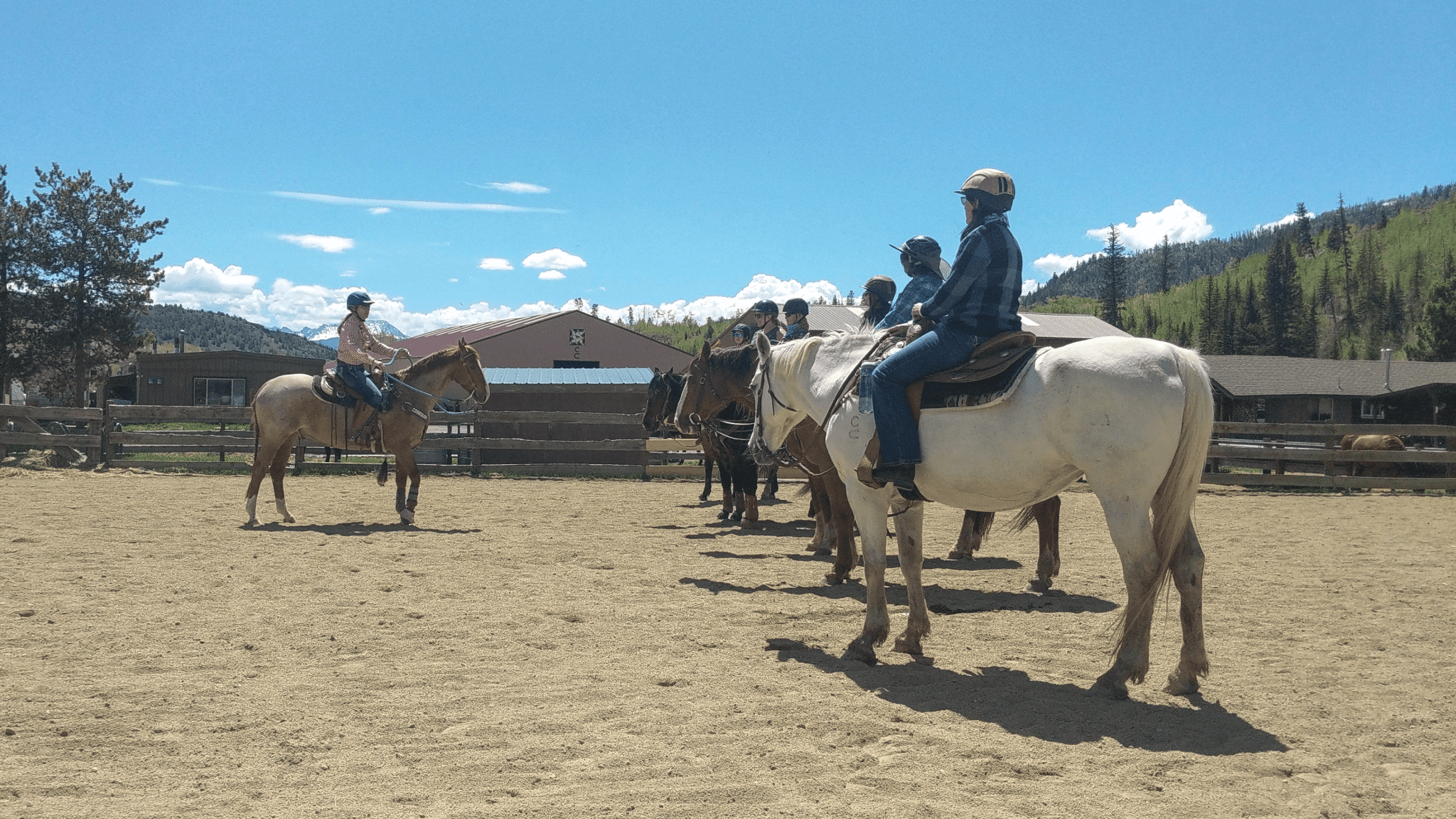Question Category: Issues from the Saddle
Question: How do you know how much pressure a horse needs to respond to your cues and directions?
Answer: From observing any given riding session, on any given day, one is sure to see a rider leaning relentlessly on a horse’s mouth, thumping a horse’s sides or asking too much, too often and too quickly from their loyal mounts. Putting confusing and frustrating mental and physical pressure on the horse, can cause an otherwise willing and responsive horse to become frustrated and fractious. It is important to understand the types of pressure we apply to horses, the effective ways to apply it and how we may expect the horse to respond to pressure.
As prey animals, horses respond to different stimuli (pressure) in different ways (flight or fight). Horses will respond to both mental and physical pressure. Mental pressure, or indirect pressure, causes a response from the horse, even though you have no direct physical contact with the horse with a rope, reins, etc. For example, direct eye contact can be a form of mental pressure for the horse, which indicates aggression and causes him to move away, even though there is no physical contact with the horse. When approaching a horse, it is important to keep your eyes down cast to convey to the horse that your approach is in no way a threat or act of aggression, so it is safe for him to stand still and let you approach. On the other hand, if you are driving your horse away from you in the round pen, a direct look to his eyes, along with other non-verbal cues, will encourage him to move off and away from you. This is a natural response for a horse, since you are communicating with the non-verbal language that all horses understand.
Never underestimate the effect of mental pressure on your horse, whether it is from eye contact or from asking too much, too often from your horse. Be sure to give him frequent releases from mental pressure by varying his work routine and giving him breaks in his training sessions to allow him to just be a horse. The horse needs both a physical reward, with a rub on the neck and a kind word, as well as a mental reward, by giving him a break and not asking him to repeat a task over and over again when he has already given his best. The best way to release mental pressure from the horse is to turn your back on him and walk away or let him stand and relax for a few minutes while you are riding.
A squeeze of the rider’s leg is a form of physical pressure (direct pressure) and causes the trained horse to move away from the pressure. A pull on the reins accompanied by increased pressure from the rider’s seat is another form of physical pressure that cues the horse to stop.
Horses may respond to pressure offensively or defensively. Flight is an example of an offensive response, while biting, kicking and striking are examples of defensive responses to pressure. An offensive response will cause a horse to move away from pressure, while a defensive response will make a horse move into pressure.
Horses are most responsive to light, dynamic (always-changing) pressure. To demonstrate this concept, lightly touch a hair on the horse’s flank to see how he can shake his skin to remove a fly. Then place your whole hand on the horse’s hip and apply a slow, steady, leaning pressure; typically the static (unchanging) pressure will cause the horse to lean into you. If a horse can feel a fly land on it’s skin and shake that area of his body; that is how light the pressure can be for a horse to respond. The natural aids should be applied in a pulsating, rhythmic fashion for the lightest response. If, instead, you apply a heavy, static pressure, the horse will respond by leaning into the pressure (defensive response).
This type of defensive response is commonly seen when the rider pulls relentlessly on the reins without any sense of feel, leaning his weight on the horse’s mouth for balance, until the horse begins to “run through the bridle,” or lean into the pressure. This relentless pressure will cause some horses (particularly Thoroughbreds) to actually run away with the rider. Typically, this same horse, when you ride on a loose rein, with no contact at all, will slow down, drop his head and relax.
There must be an immediate release of pressure when the horse responds correctly. In the process of training a horse, when pressure is applied, either mental or physical, the horse begins to experiment to see what he can do to make the pressure go away. As soon as he guesses right and gives the desired response, the trainer immediately gives the release of pressure as a reward for doing the right thing. Through this process the horse develops a learned response to pressure; he learns that if he does what you want, he will get what he wants (a release of pressure).
Through training, we teach the horse to respond offensively to our cues. For example, to ask the horse to walk, we squeeze gently with our legs in a pulsating manner (dynamic pressure, not static pressure), until the horse moves off. As soon as he does, the pressure goes away. The release of pressure is his reward for doing what was asked. If the rider breaks the contract the trainer and horse have established, by not giving the release at the appropriate time, then the horse will try something else to get a release. Typically, the alternative response the horse gives is not a desirable one.
Riders must reward the slightest attempt on the part of the horse. For instance, when asking the horse to stop, the rider should offer the release as soon as she feels the horse slow down, and reward the horse for attempting the right thing. She may have to re-apply the aid if the horse doesn’t come to a complete stop, but more likely than not, the horse will actually stop on the release.
There is a 3 second window of opportunity to reward (or reprimand) the horse, by releasing mental or physical pressure, once the horse has responded correctly. After three seconds from the initial response by the horse, the opportunity is lost, the horse’s mind has moved on and the reward or reprimand will have no meaning and no association with the behavior.
To become an accomplished equestrian, the rider must develop a feel of the horse. Understanding that the horse responds to both mental and physical pressure and the importance of the timing of the release is important for developing feel. Dynamic, pulsating pressure can be very light and rhythmic to generate a light and responsive horse. On the other hand, heavy, static pressure will cause the horse to respond defensively and lean into the pressure and block out any chance of feeling the rider.
Copyright ©Julie Goodnight 2000. All Rights Reserved. No part of this website may be reproduced without owner’s express consent.



